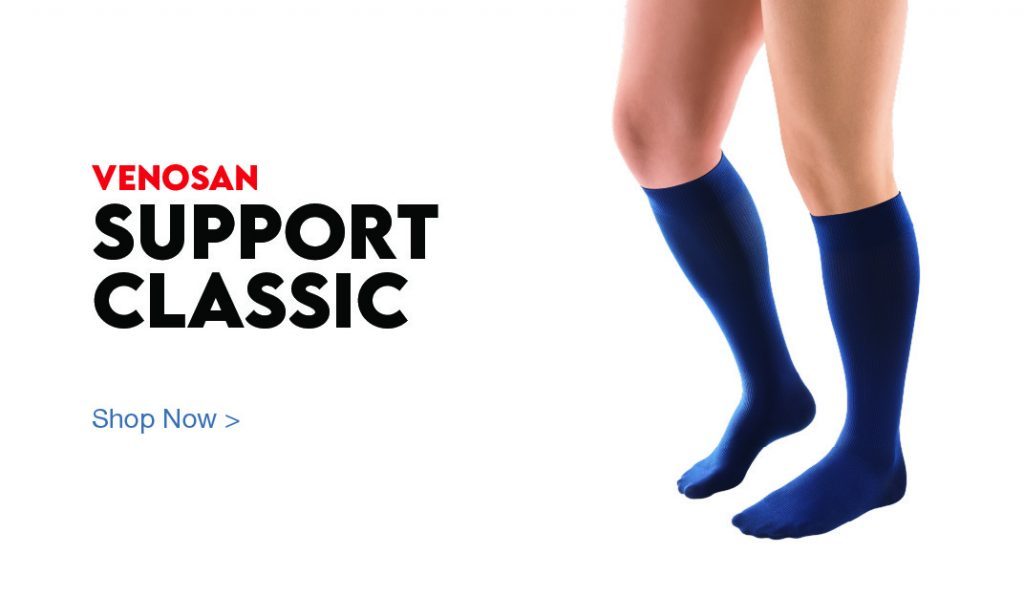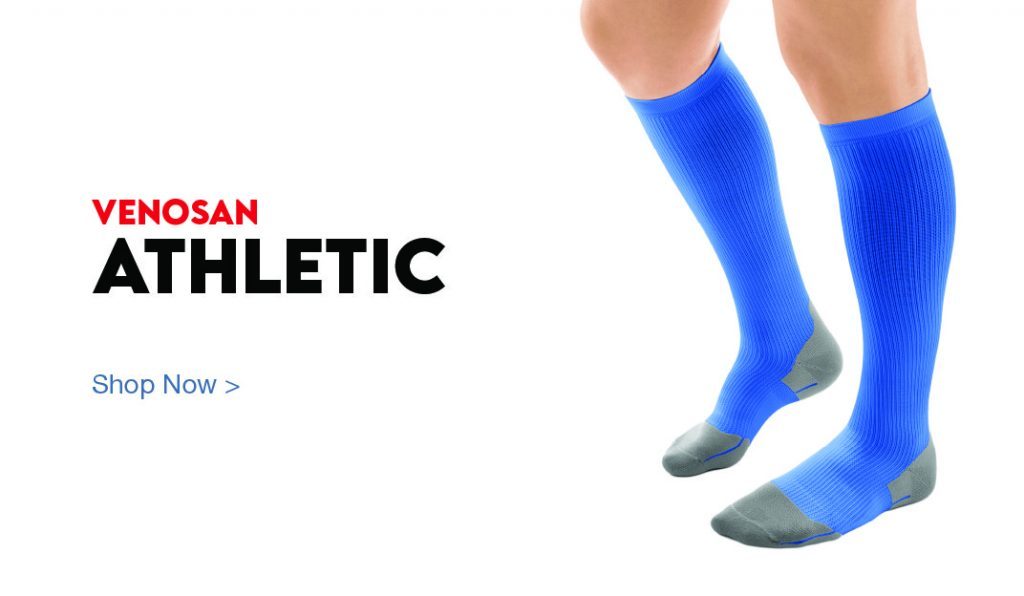Signs of Chronic Venous Disease
Did you know Medical Compression Stockings (MCS) can help relieve these common symptoms of Chronic Venous Disease (CVD)? MCS can also reduce your risk of these symptoms getting worse, as well as other, potentially life threatening complications of CVD.


